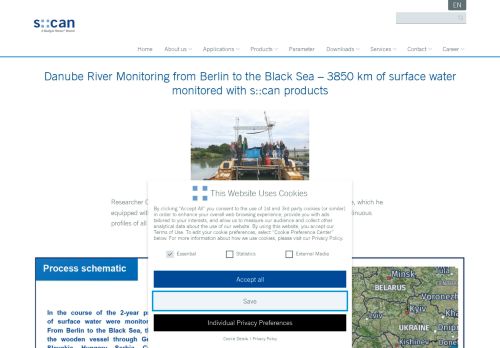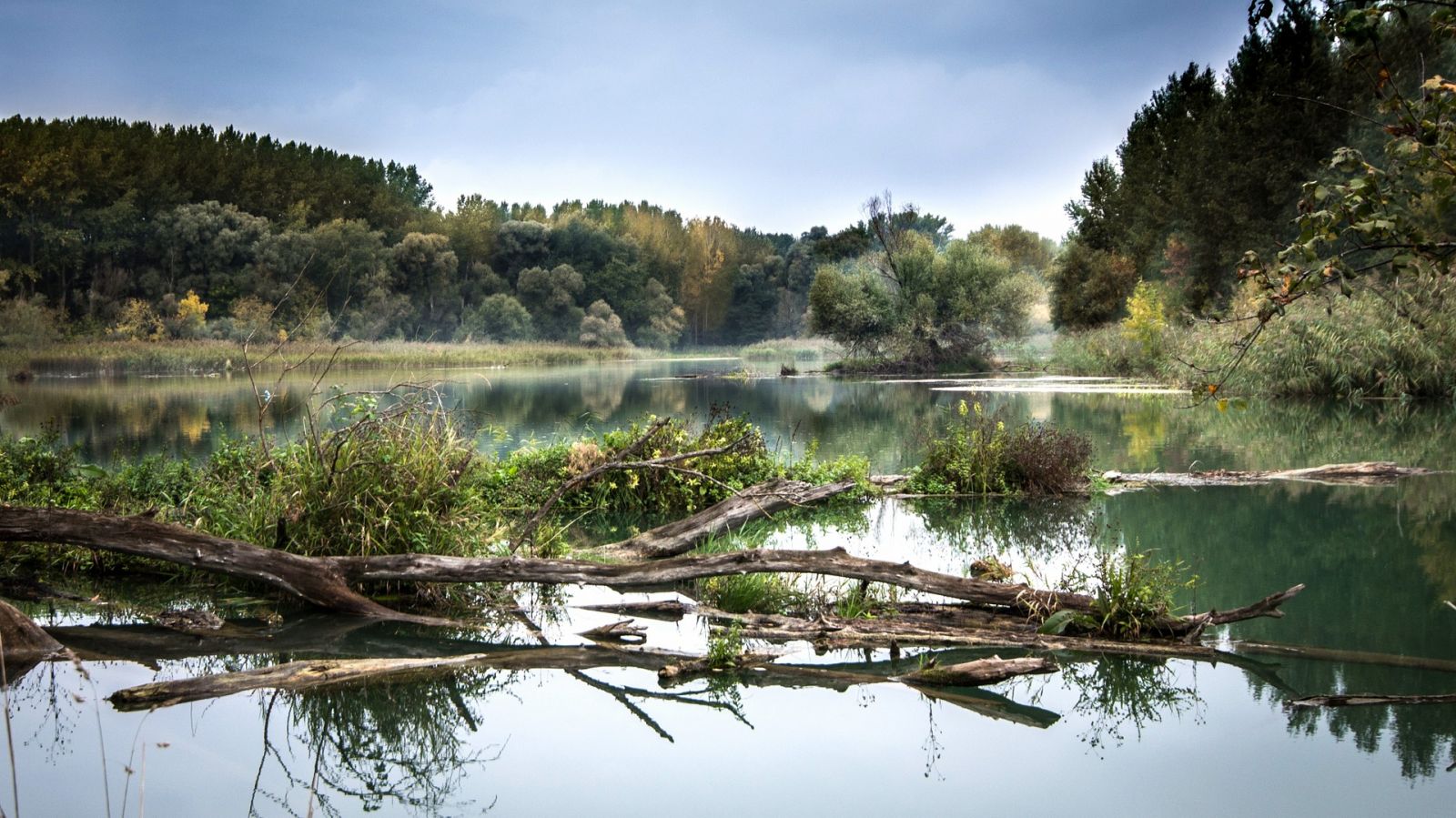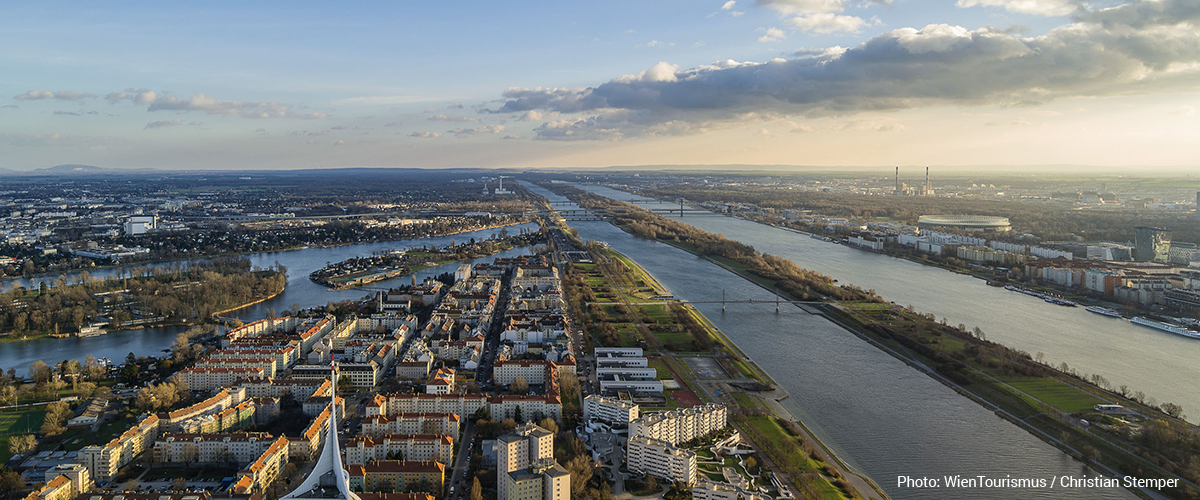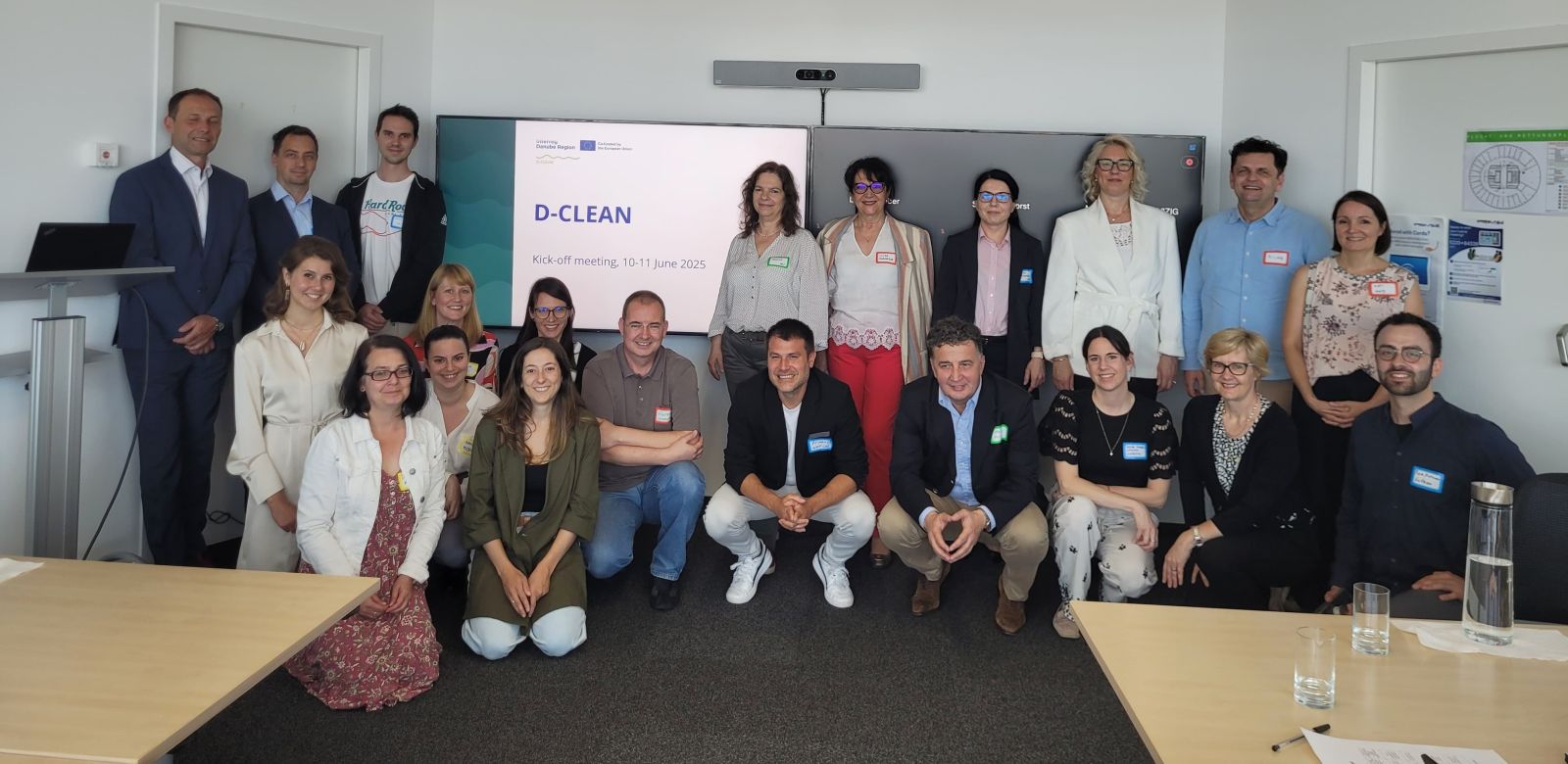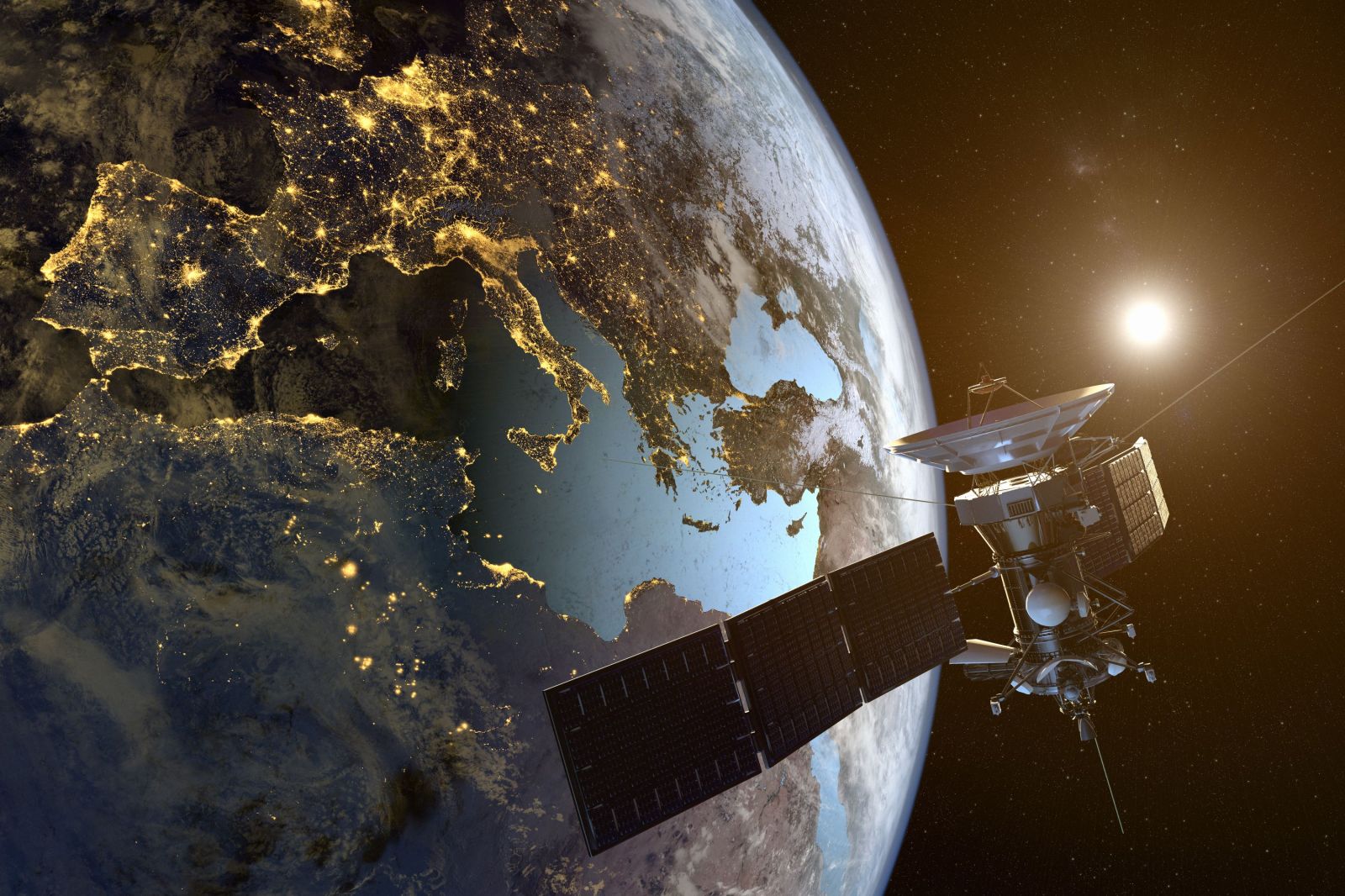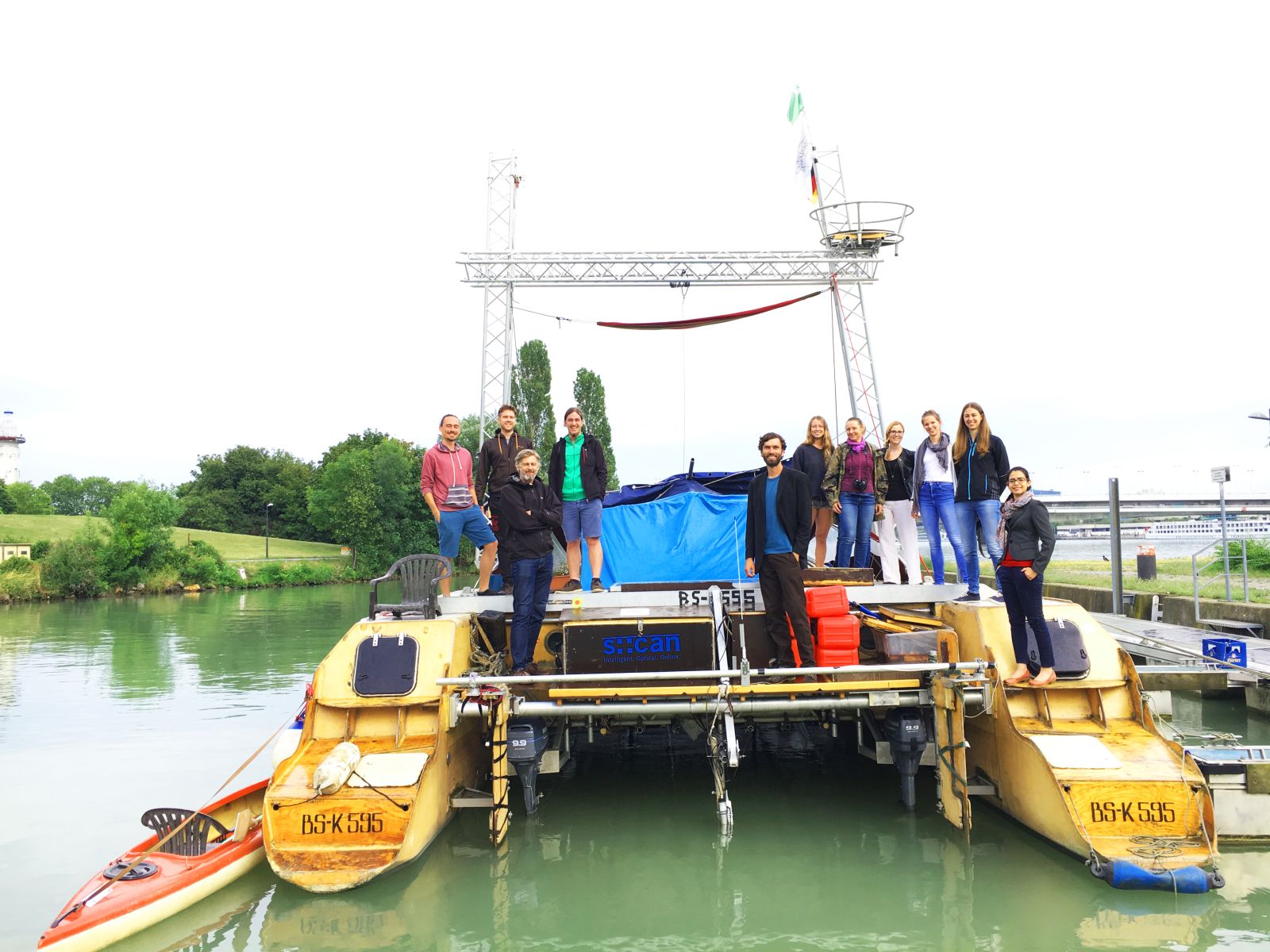
Voice of the Danube
Monitoring river water quality is a time-consuming, cumbersome activity – or is it not? IAWD member s::can, a badger meter brand, fitted latest compact sensor equipment on a small catamaran that traveled the river Danube, collecting georeferenced water quality data and proving that small pleasure craft, commercial and government vessels could take an active part in real-time water monitoring networks.
Readers who live near the Danube may have noticed a slightly bizarre and definitely eye-catching vessel that has, over the last two years, traveled the European waterways from Berlin to the Black Sea: Carsten Riechelmann’s self-built wooden 12-meter catamaran Esperanto is a floating mini-home, theater and music stage – and, last but not least, an innovative research station.
The latter function involved latest water monitoring equipment provided by IAWD member s::can, a Vienna-based university spin-off that has over the last two decades achieved a global leadership position in online optical water monitoring systems. Today, more than 10,000 s::can water quality monitoring systems operate in over 50 countries, covering the needs of the whole water industry, from drinking water to environmental and wastewater applications.
Carsten Riechelmann’s Esperanto took its two-year trans-European voyage to prove that independent boats moving on water bodies can be used for collecting data on anthropogenic impacts. Mr. Riechelmann’s thinking is that reliable data acquisition and system calibration can produce openly accessible data sets that make water quality transparent and create public pressure to limit pollution discharge and protect water resources.
Which is where s::can comes in. Esperanto is equipped with a low power terminal – the con::cube and four probes: the spectro::lyser, ammo::lyser, oxi::lyser and condu::lyser sensors. All measured parameters, together with the respective GPS coordinates, are uploaded to a database every two minutes, recording a nearly complete concentration profile of organic contaminants (COD, TOC, DOC), nutrients (NH4, NO3), and the basic parameters pH, temperature, dissolved oxygen, suspended solids and conductivity. Variations in the measured concentrations help to trace and document water-polluting discharge points in a way that has never been possible before.
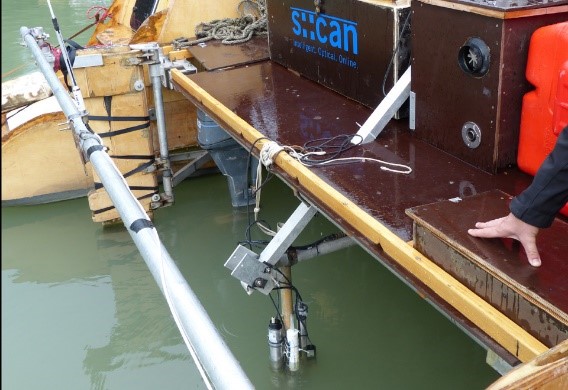
Laboratory samples taken during the first year of the voyage, and data of the Joint Danube Survey 4, were used to validate and to calibrate the online data.
The s::can equipment proved to be very stable and performed reliably. Its low energy demand is ideal for small crafts with limited energy supply. At average boat speed, a full dataset was created every 200 meters. The data could be checked directly on the con::cube and on any mobile device.
In the course of the 2-year project, 3850 km of surface water were monitored with s::can. From Berlin to the Black Sea, the waterway led Esperanto through Germany, Austria, Slovakia, Hungary, Serbia, Croatia, Bulgaria and Romania, allowing extensive river monitoring through half of Europe.
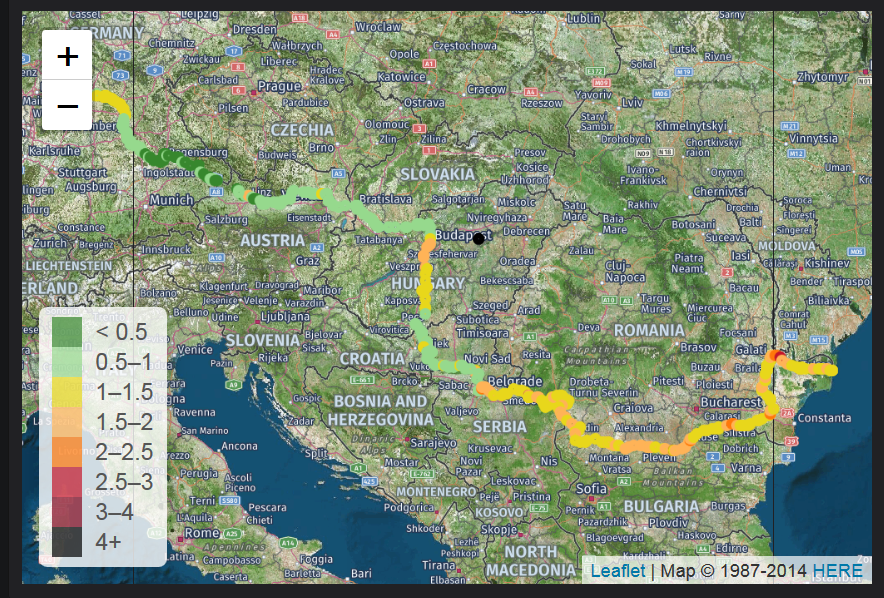
“The tour was an amazing opportunity to prove that an s::can system can be used as a pen to draw pictures that show over thousands of kilometers the world’s current water quality situation, “ comments Carsten Riechelmann.
Find more information on s::can and the Esperanto voyage under the following links, and if you have a project that is worth reporting, please let us know. Voice of the Danube gladly reports on this and other relevant projects carried out by our members.
